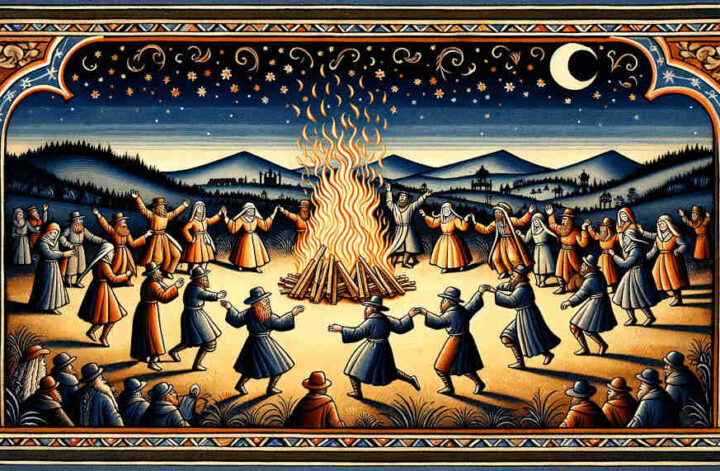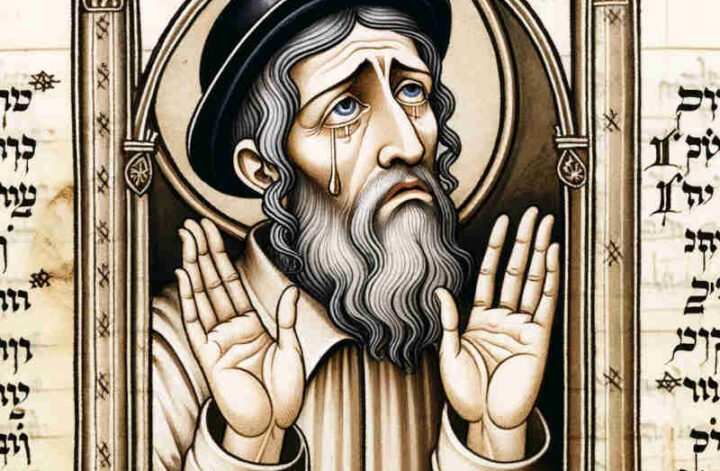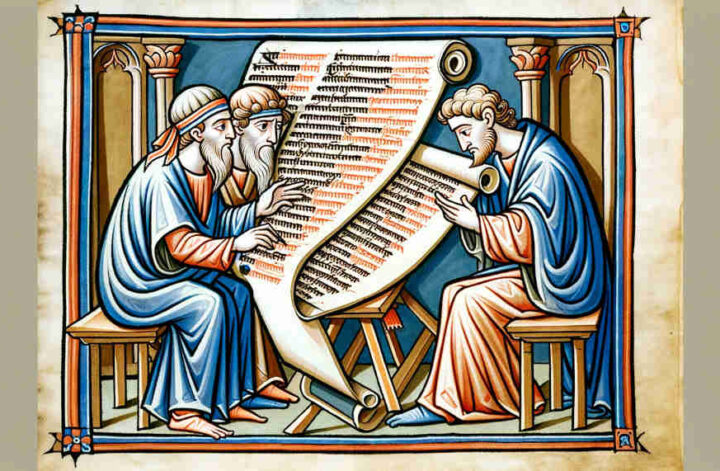Dear Rabbi Joshua,
I recently came across a Jewish holiday called Lag Ba’omer, which I understand is celebrated with much joy and outdoor activities like bonfires. I am curious to learn more about this holiday, its origins, and its significance in Jewish tradition. Can you please enlighten me?
– Josephine Alvarez
Understanding Lag Ba’Omer
Dear Josephine,
Lag Ba’Omer is a festive day on the Jewish calendar, celebrated on the 18th day of Iyar. This date corresponds to the 33rd day of the Omer count, which is a period of semi-mourning between Pesach (Passover) and Shavuot. The Hebrew word “Lag” is not actually a word but an acronym for the Hebrew letters Lamed (ל) and Gimel (ג), which have the numerical values of 30 and 3, respectively, hence “Lag” (לג) Ba’Omer meaning “the 33rd [day] in the Omer.”
Historical Roots
The Omer period historically is a time of tempered joy, as it commemorates a plague that took the lives of 24,000 students of Rabbi Akiva during the Roman occupation of Judea. The mourning practices are lifted on Lag Ba’Omer because, according to tradition, the plague ceased on this day. Additionally, Lag Ba’Omer marks the yahrzeit (anniversary of the death) of Rabbi Shimon bar Yochai, a revered 2nd-century sage and mystic, who is said to have revealed the secrets of Kabbalah in the foundational work of Jewish mysticism, the Zohar, on this day.
Celebrations and Customs
Lag Ba’Omer is characterized by various customs and celebrations. In Israel and around the world, it is common to light bonfires, symbolizing the spiritual enlightenment Rabbi Shimon bar Yochai brought into the world. It is also a day for picnics and outdoor activities, especially for children, and is a popular day for weddings, as they are not conducted during the rest of the Omer.
Spiritual Significance
The bonfires lit on Lag Ba’Omer are also reminiscent of the light of the Torah, which Rabbi Shimon bar Yochai exemplified through his teachings. On a deeper level, the day symbolizes the resilience of the Jewish spirit, the power of Torah study, and the eternal light of Jewish mysticism.
Conclusion
Lag Ba’Omer thus serves as a beacon of hope and spiritual triumph within the Jewish calendar. It is a day when the Jewish people celebrate the enduring wisdom of the Torah, the joy of learning, and the strength found in unity and community.
May your interest in the treasures of our tradition bring you closer to the warmth and light of the Torah.
Blessings,
Rabbi Joshua


